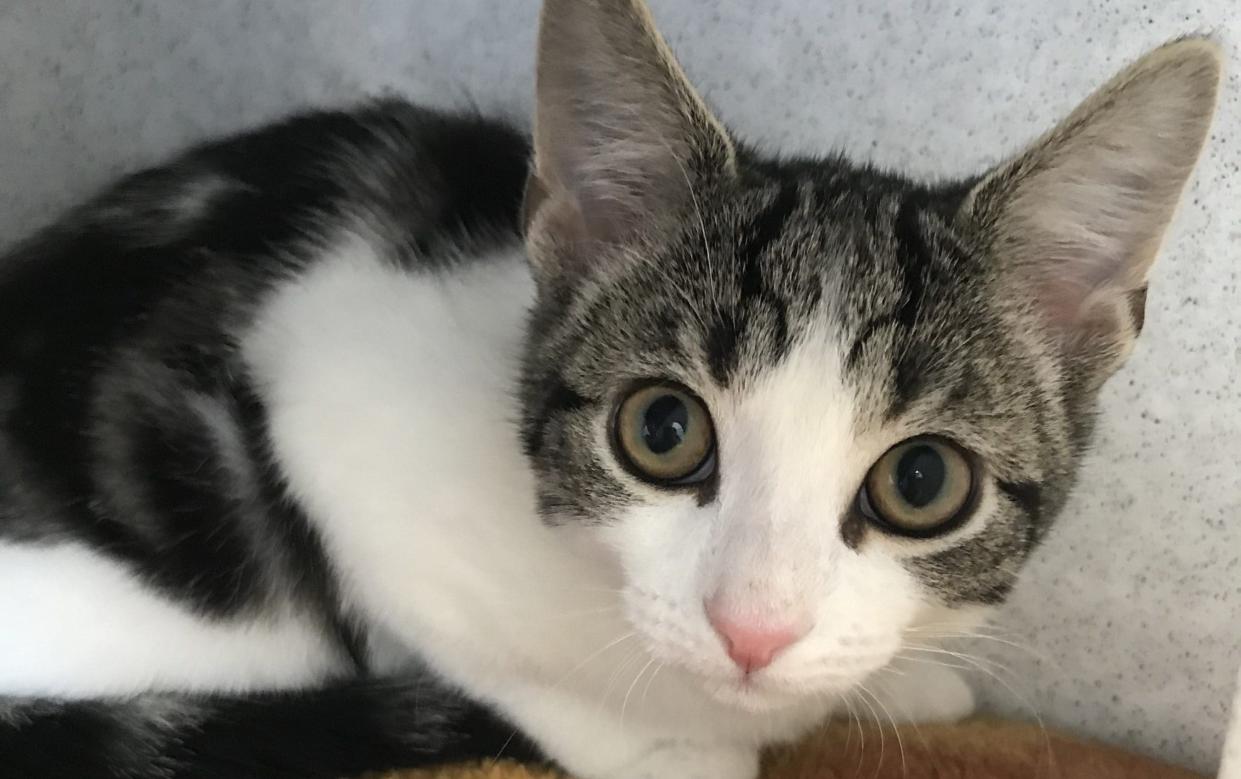Cats died from bird flu ‘after consuming raw milk from infected cows’

Scientists are rushing to understand the devastating impact H5N1 is having on the brains and lungs of US farmyard cats.
Bird flu has now affected 39 herds of dairy cattle across nine US states. Whilst it causes a mild infection in most cows, the effects in cats are severe.
Out of 24 cats known to have contracted H5N1 on a single Texas dairy farm last month, twelve of them died. Postmortem examinations revealed signs of “severe systemic infection” in the dead animals’ bodies – including lesions on their hearts, brains, eyes, and lungs.
The cats are thought to have become infected after consuming the sick cows’ raw milk. Those that did not die experienced blindness, neurological disorders, bloody diarrhoea, and difficulty breathing, according to a study published by the US Centers for Disease Control.
The US Department of Agriculture said it had received numerous reports of death and neurological disease in cats on other affected dairy farms, but hasn’t released figures on how many of the animals have been affected.
The department did however update its guidance for veterinarians earlier this week, instructing them to test cats on affected farms that show any signs of illness.
“They should be proactive in testing symptomatic and asymptomatic cats. This will help us understand how widespread this is and if other cats are affected,” said Dr Krutika Kuppalli, a spokesperson for the Infectious Disease Society of America and former WHO medical officer.
‘Keep cats indoors’
This is not the first time cats have contracted H5N1. Last year in Poland, eleven domestic cats died from the virus. The source of transmission was unknown, but was assumed to be from being fed parts of infected poultry, and there was no evidence to suggest the infection was spreading cat-to-cat.
In 2021, when H5N1 began to circulate, Defra issued advice for owners of domestic cats in Britain – of which there are 10 million. “As a precautionary approach we recommend that if you live within three kilometres of a premises where avian influenza is confirmed, pet owners should aim to keep their cats indoors,” the agency said in its official messaging.
But the latest US update is significant for several reasons, according to experts.
It marks the first time cats have contracted H5N1 from another mammal, as opposed to wild or kept birds, raising new concerns about the virus’s ability to evolve and spread.
The more hosts it infects, the more chance that the virus will eventually ‘jump’ to humans, say experts.
Second, the fact the cats were infected through milk has raised concern over the ability of the virus to spread via the food chain.
Scientists are warning people not to consume unpasteurised milk products – or to feed them to domestic pets.

Last week, the FDA found fragments of H5N1 in one in five tested commercial milk supplies – although the traces were inactive and not a threat, having been destroyed in the pasteurisation process.
This week, the agency began testing ground beef products for avian flu but have not yet released any results.
Humans’ close proximity to cats is also a worry.
“What’s concerning is that people own cats as their pets, and so if they are having prolonged exposure to an infected animal it could increase the risk of a person getting infected, and the virus adapting,” said Dr Kuppalli.
Some experts have also raised alarm bells over the way the virus presents in cats, providing more evidence to its potentially deadly effects were it to take hold in humans.
“The neurological damage caused by H5N1 was absent in cows – this is evidence that we have no idea yet how this disease will play out in humans, apart from the data we have on zoonoses over the past few years,” wrote Sterghios Moscho, Professor of molecular biology at the University of Northumbria, on X (formerly Twitter).
The WHO still considers the risk to humans low, but urged countries to rapidly share information to enable real-time monitoring of the situation to ensure preparedness as the virus continues to spread.
Protect yourself and your family by learning more about Global Health Security

